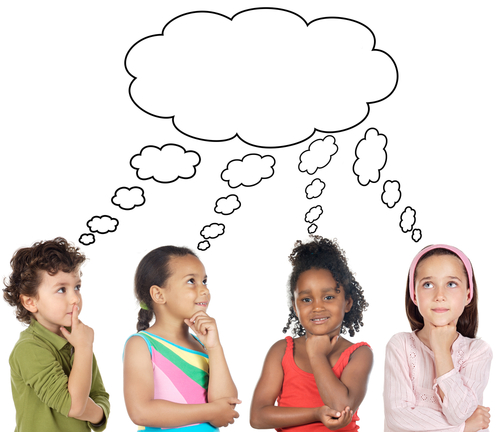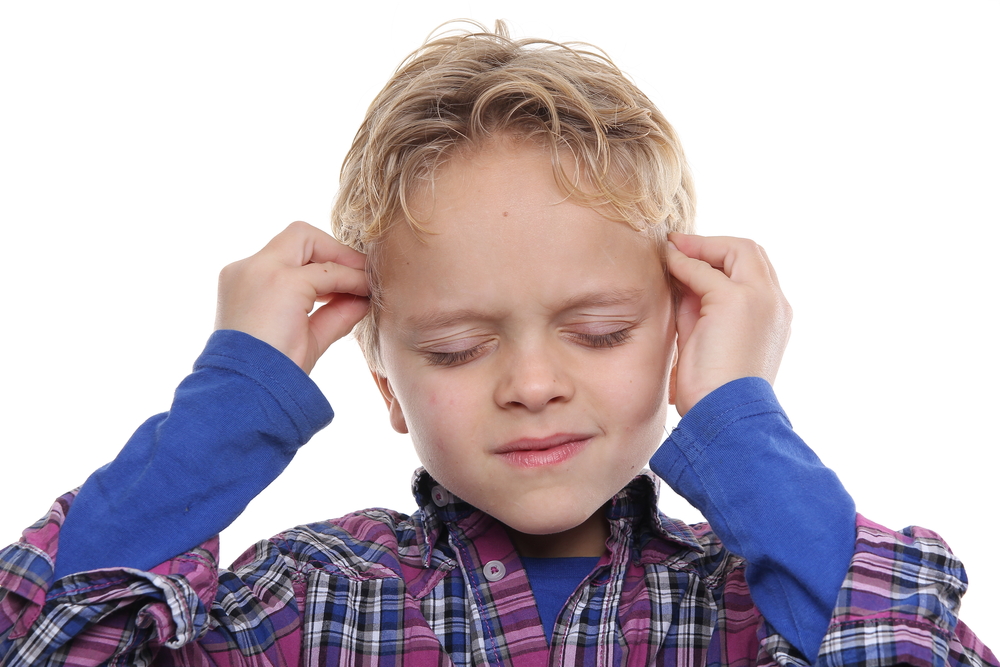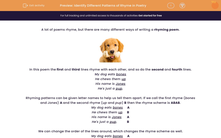A lot of poems rhyme, but there are many different ways of writing a rhyming poem.
.jpg)
In this poem, the first and third lines rhyme with each other, and so do the second and fourth lines.
My dog eats bones
He chews them up
His name is Jones
He's just a pup.
Rhyming patterns can be given letter names to help us tell them apart. If we call the first rhyme (bones and Jones) A and the second rhyme (up and pup) B then the rhyme scheme is ABAB.
My dog eats bones A
He chews them up B
His name is Jones A
He's just a pup. B
We can change the order of the lines around, which changes the rhyme scheme as well:
My dog eats bones A
His name is Jones A
He chews them up B
He's just a pup. B
The rhyme scheme is now AABB.
When pairs of lines rhyme in this way they are called rhyming couplets. Rhyming couplets are a common form of verse.

Another common rhyme scheme is for the second and fourth lines only to rhyme:
My dog eats bones A
He chews them up B
He's really sweet C
He's just a pup. B
The third line is given the letter C because it ends with a new sound that does not rhyme with either of the first two lines.
This rhyme scheme is called ABCB.
Giving letter names to the rhymes is a helpful way of describing them, but it can be confusing at first.

When you are doing this activity, remember that you can look back at the introduction as often as you like by clicking the red help button on the screen.







